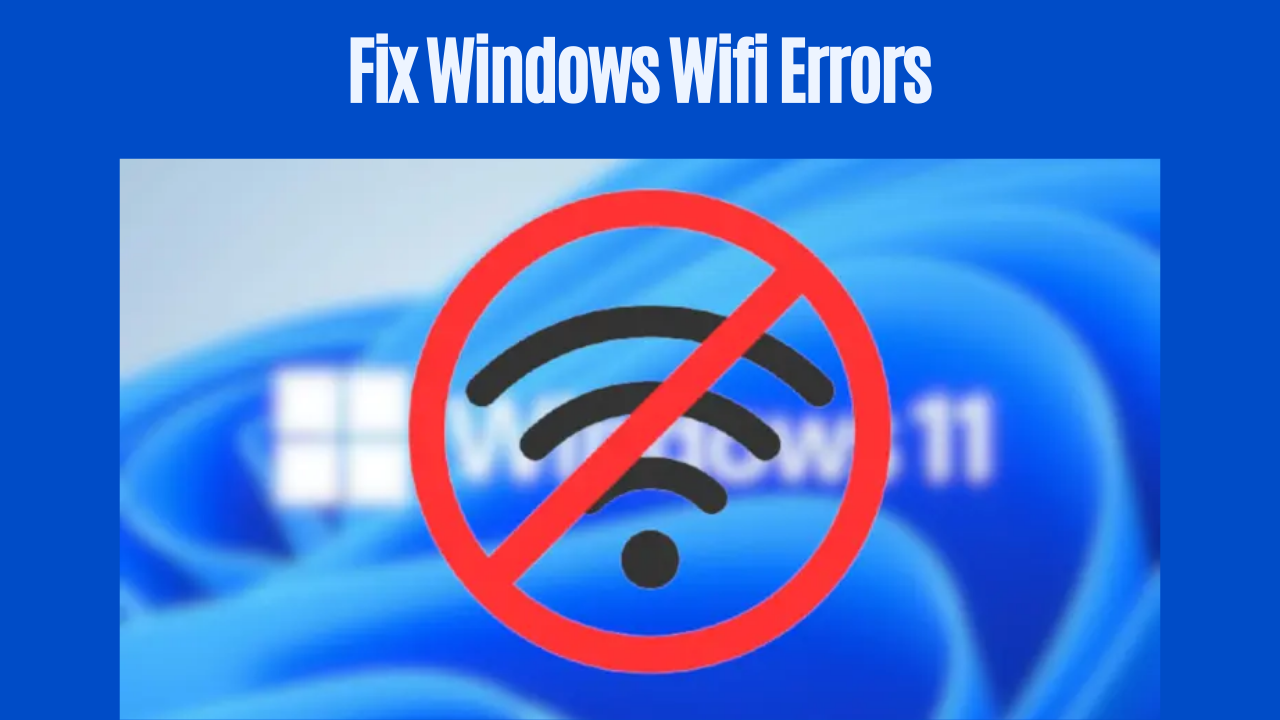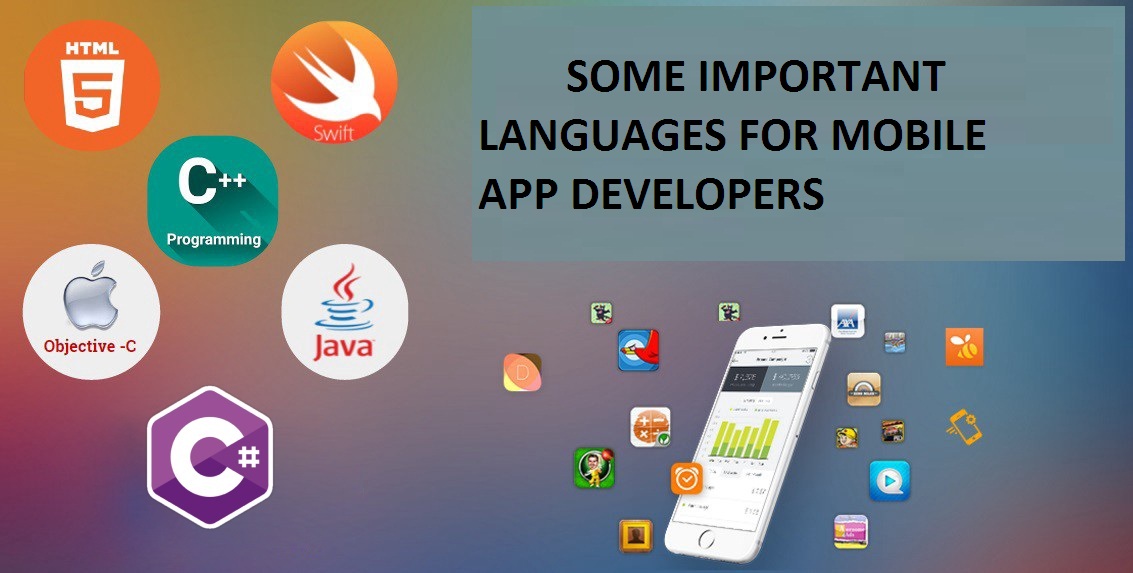The web industry is expanding quickly, with each innovative technology quickly overshadowing its predecessor. As a result, there is an app for practically everything, from ordering food to medical supplies.
PWA (progressive web app) might be the next big thing for the mobile web. Initially introduced by Google in 2015, they have garnered a lot of attention due to the relative ease of creation and the practically instant gains for the application’s user experience.
A progressive web application integrates the most excellent mobile and web application development using cutting-edge technologies. Consider it a website created using web technologies that behave and feel like an app.
This is the ultimate guide on Progressive Web Apps for anybody looking to build their business. The following statistics say that:
Modern consumers anticipate quick loading. This is self-explanatory and supported by a plethora of data:
- Almost half of the mobile users express annoyance with delayed website loading (source: https://developers.google.com/search/blog/2015/04/mobilemadness-campaign-to-help-you-go).
- Those that load in 2 seconds have a 9% bounce rate, whereas those that take 5 seconds have a 38% bounce rate (source: https://www.pingdom.com/blog/2018-pingdom-year-in-review/).
- A “sharp decline in conversion rate” is connected with average load times increasing from 1 to 4 seconds (source: https://www.slideshare.net/devonauerswald/walmart-pagespeedslide).
- Every 1-second reduction in load time increases the conversion rate by 2%, while a 100-millisecond improvement provides up to 1% more incremental income (source: https://www.slideshare.net/devonauerswald/walmart-pagespeedslide).
- Essentially, the faster your website loads, the better. If you make your readers/customers/Users wait, a good percentage of them will bounce and not pay you their money.
What is PWA (Progressive Web App)?
Progressive web applications (PWA) combine the best of the web with features previously available exclusively on native apps.
PWAs operate in the browser like regular websites, are wholly integrated into the web’s links, and search engine indexes architecture. They, like native applications, can be launched from a, send push notifications and home screen icons to the user’s device, load in a fraction of a second, and are intended to operate offline.
PWA is not self-contained. Instead, they supplement your website with current best practices and use cutting-edge web technologies, such as service workers, to provide an app-like experience from within a mobile browser.
Why PWA (Progressive Web Apps)?
According to one research, an app loses 20% of its users between the user’s first encounter with the application and the visitor’s first usage of the web app development. The program must first be found in an app store, installed, downloaded, and then opened. When customers view your PWA, they may use it immediately, bypassing the time-consuming downloading and installation steps. When visitors return to the application, they will be offered to upgrade and install it to a full-screen experience.
Here are the following Examples of top-rated Progressive Web apps:
- Starbucks
Starbucks created its PWA to increase consumer interaction by including reward programs and a quicker ordering procedure for one of the world’s most popular coffee shops.
The app was created to replace its previous mobile app to improve interaction regardless of device. Users may first access its Rewards area to redeem their free birthday treats, food and beverages, refills, and payment alternatives when ordering using their smartphone.
And, much like ordering from a barista, you can customize the size, add-ins, and shot choices for your favorite drink. Starbucks also offers Ingredients, Allergens sections, and Nutrition Information for those who keep a food journal.
The following features are:
- It works with poor network connections.
- Fully connected with other businesses’ platforms and services, such as Lyft, Ford, and Spotify.
- Mobile payment and smooth checkout processes
- Extremely user-friendly design
- Alibaba
It is one of the most prominent online B2B firms and an example of a business behemoth used by PWA. Alibaba has a loyal user base in over 200 countries. Because the brand will only succeed if they give a great user experience, they web app development to enhance engagement.
Alibaba’s mobile app and mobile web releases were a success.
According to Google, it saw a 76% increase in overall conversions.
The following features are:
- Product navigation is simple.
- Integration with Feeds, My Alibaba account, and Messenger
- Faster loading time
- Lancome
Lancome has become a beauty industry phenomenon at this moment. However, although the number of mobile users has expanded dramatically in recent years, Lancome observed a contradiction: their website conversions on mobile are much lower than conversions on desktop.
They even produced an app but quickly realized that only the most ardent customers could download it on their phones. So they eventually decided to construct a PWA, and the results were impressive: bounce rates dropped by 15%, mobile sessions increased by 50%, conversion rates increased by 17%, and so on.
The brand converted to PWA to cut loading time and make the app more accessible.
The following features are:
- Simple navigation
- Rapid search results
- Jumia
Jumia is to Africa, and Alibaba is to China. This web application development is now a marketplace in Nigeria. It was created in 2012 and has since quickly overtaken Africa’s e-commerce business.
It established its PWA in 2016 as a response to the region’s intermittent internet connectivity. It captured a significant portion of the market with PWA by leveraging 2G networks with data limitations.
According to Google, the firm increased its conversion rate by 33% and increased its user base by 12 times (compared to native applications).
The following feature is:
- Reliable offline accessibility
- Rapid search capabilities
- Rapid loading procedure
- Simple setup
Conclusion
PWA has taken the IT world by storm. Its extensive features and low pricing have earned the hearts of millions of eCommerce business owners and users. Its primary goal is to foster a welcoming environment. As a result, PWAs are more appealing to business owners and users than native apps. A Guide To Progressive Web Apps is just what you need to understand this groundbreaking web technology. And you should have to contact the best phoenix web design firms to make the responsive and result driven applications.




